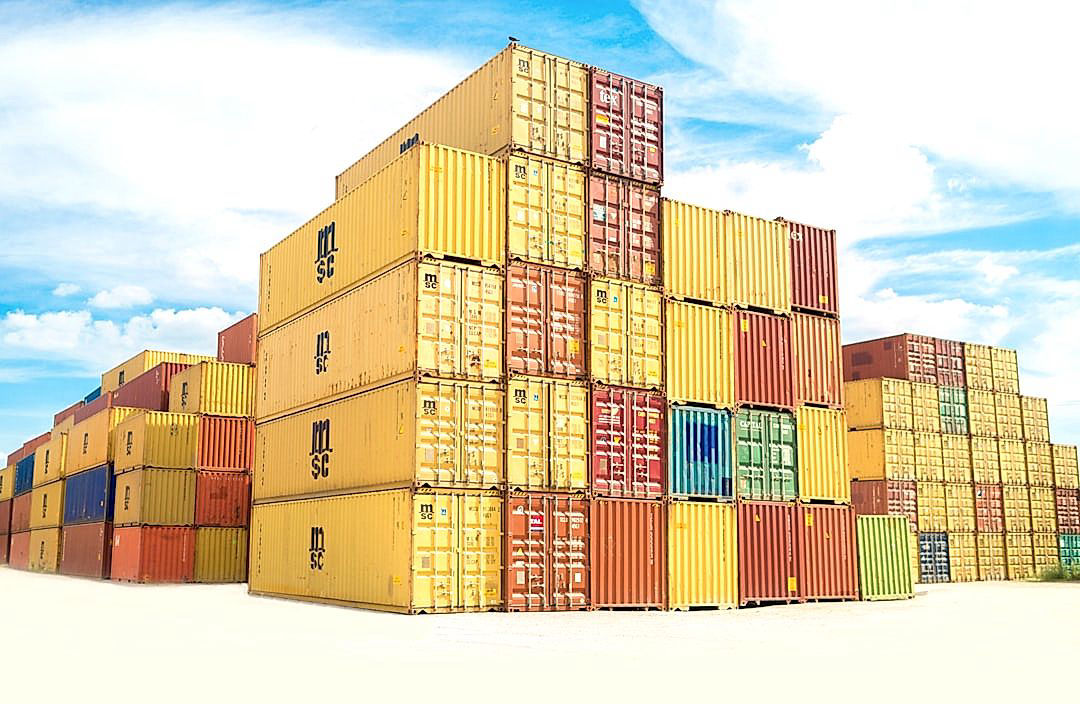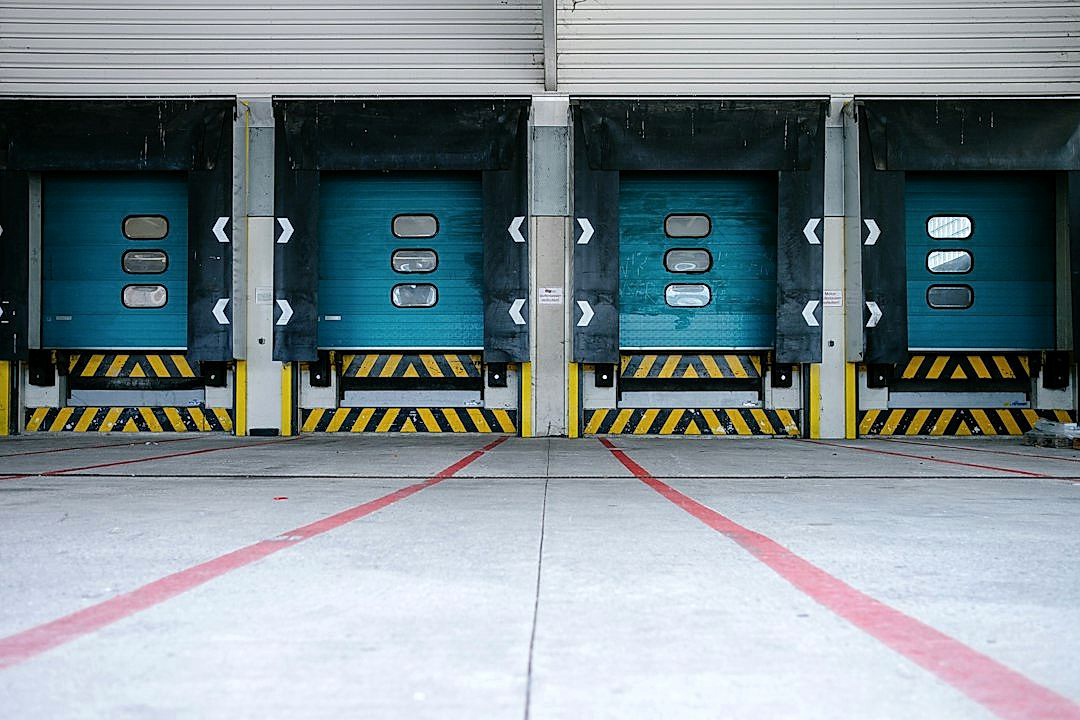The global supply chain plays a critical role in the distribution of perishables from farm to table.
A complex, interconnected web of logistics, it spans multiple borders and involves various stakeholders.
However, hidden beneath this network’s efficiency, lie multifaceted challenges that are experienced specifically by produce packaging logistics on an international scale.
The obstacles are rising, driven by variables such as stringent sanitation standards, evolving technology, and relentless demand.
On top of this, the environmental impact of packaging is pushing the industry towards sustainability.
In this context, we shall delve into understanding these challenges and the way they shape the future of international produce packaging logistics.
Challenges In International Produce Packaging Logistics
1. Maintaining Product Quality During Long-Distance Transport
The process of keeping the product quality intact during transportation poses significant challenges in the realm of international produce packaging logistics.
The perishability of products, for instance, agricultural goods and food items, accelerates the criticalness of maintaining products’ quality during long distance transportation.
The handling and transportation conditions should adhere strictly to specific temperature and humidity ranges to avert any possibility of produce decomposition and damage.
The consideration of delay factors is equally crucial as logistical hiccups such as custom holdups, or delays in the supply chain can jeopardize the freshness and quality of the transported goods.
In addition, the packaging material and design should take into account the long hours of transportation, which might subject the goods to situations like jostling, temperature spikes, and water exposure.
Therefore, there is a need for robust and sustainable packaging solutions that can protect the products from physical and environmental harm while keeping their quality undeterred.
As an example, vacuum sealing and modified atmosphere packaging (MAP) are two popular methods of packaging that work by removing or altering the air composition within the product package.
These packaging solutions are particularly effective in preventing spoilage and decay, thereby prolonging the shelf life of the products.
Moreover, maintaining product quality during transportation involves the utilization of advanced preservation techniques and technologies such as refrigerated containers for cold chain logistics.
The effectiveness of these techniques also relies heavily on the need for real-time tracking and monitoring systems that can provide real-time information about temperature, humidity, and other vital parameters.
This information enables logistics providers to make necessary adjustments or take corrective actions, ensuring that the products reach their consumers in the best possible condition.
Training transportation personnel to handle the products appropriately and understand how the changes in temperature or humidity might impact the products, is another essential aspect of this challenge.
It is also necessary to conduct periodic performance audits of the overall packaging and transportation process to identify opportunities for improvement and prevent potential issues in the future.While maintaining product quality during transportation presents significant complexities, tackling the challenge involves a combination of technology adoption, personnel training, robust packaging practices, and continuous process improvement.
To that end, the ultimate objective lies in ensuring that the quality of the products is preserved from the point of origin to the point of destination, despite the distance, delay, or other logistics-related constraints.
Thus, maintaining product quality during long-distance transport is a critical component of international produce packaging logistics that demands ongoing attention and innovative solutions.
Compliance with international packaging regulations requires extensive knowledge and understanding.
Different countries have unique rules and standards for packaging agricultural produce.
The complexity of these regulations increases with the number of countries a company operates in.
This calls for a comprehensive awareness of both the home country’s and destination country’s packaging policies.
In addition to structural and labelling standards, packaging regulations may also cover aspects such as prohibited materials, substances, and types of packaging.
Ignorance of these regulations can lead to costly consequences like monetary penalties, halting of shipments, or even bans on future deliveries.
This is why companies must factor in the potential regulatory pitfalls as they strategize their international produce packaging logistics.
Moreover, these regulations are not static; they undergo changes periodically in line with new scientific evidence, consumer preferences, and environmental concerns.
Staying updated on these changes is crucial for continuing compliance and avoiding potential legal complications.
In some cases, understanding the local language is critical as some nations mandate packaging information to be conveyed in their native languages.
Translating complex technical terms accurately requires linguistic proficiency and a deep understanding of the field.
Frequent consultation with legal experts and adherence to international standards can vastly reduce the risk of non-compliance.
Furthermore, some countries have stricter regulations for imported produce as compared to their locally grown counterparts.
The exact requirements and nuances in these regulations need to be clearly understood to avoid potential disputes or misunderstandings.
Certain international bodies like the International Standards Organization (ISO) provide valuable guidance on general best practices in packaging.
Compliance with such standardized norms can facilitate smoother operations in multiple countries.
Thus, navigating international packaging regulations is a challenge that requires deliberate efforts, continuous learning, and meticulous planning.
3. Decreasing environmental impacts of packaging.
International produce packaging logistics grapples with a pressing challenge: reducing the environmental impacts of packaging.
From production to disposal, packaging contributes immensely to global waste and pollution.
The packaging industry is under increasing pressure to develop sustainable practices in order to alleviate its environmental footprint.
This calls for a keen focus on designing packaging that is easily recyclable and uses fewer resources.
However, it is not just a matter of creating green packaging, but also ensuring it meets the rigorous standards of global trade.
Developing plant-based or biodegradable packaging may seem like an ideal solution, but it also has to be able to withstand long-distance transport without compromising the product’s quality.
Efficiency is another aspect to consider; the packaging should be designed in a way that optimizes space and reduces the amount of materials used in order to minimize waste.
Packaging alternatives must also align with the recycling infrastructure of different countries, as recycling practices can significantly vary.
While increased use of renewable materials for packaging is a step towards sustainability, they often demand a higher production energy, which inadvertently increases carbon emissions.
This dilemma necessitates further research and innovation to achieve eco-friendly packaging that saves resources without escalating the carbon footprint.
Beyond material innovation, enhanced packaging logistics efficiency could also reduce environmental impacts.
This could involve measures like optimising load factors to reduce the number of transport movements, thus lowering fuel consumption and emissions.
There might also be potential in employing reverse logistics, where packaging materials can be retrieved, cleaned, and reused, leading to a significant reduction in waste.
Lastly, investments in technologies like the Internet of Things (IoT) and blockchain could enhance traceability, increasing the accountability and transparency in the entire packaging life cycle.
In essence, the journey towards decreasing environmental impacts of packaging in international produce logistics is fraught with challenges, yet it holds promising opportunities for sustainable innovation.
4. Dealing with Diverse Cultural Consumer Preferences
One of the most considerable challenges in international produce packaging logistics is understanding and responding to the diverse consumer preferences in different cultures.
Cultural nuances and trends can significantly influence consumer behavior and, consequently, expectations for product packaging.
Prevalent customs, socio-economic factors, values, language, even colors and symbols, can all play roles in what attracts consumers to a product or drives them away.
The implication of consumer cultural diversities means that packaging that works well in one country may not have the same appeal or effectiveness in another country.
For example, while minimalist packaging design can be appealing to consumers in some western cultures, consumers in certain Asian countries may associate it with a lesser quality product.
Similarly, while eco-conscious packaging can charm customers in developed countries, it may not carry the same weight in developing countries where cost may be a more significant factor.
Understanding these cultural preferences and integrating them into the packaging design process is not just a logistic challenge, but also a costly and time-consuming task.
It requires extensive research into local markets, thorough understanding of cultural nuances, and often, collaboration with local partners to ensure cultural appropriateness and legal compliance.
Furthermore, these cultural preferences are not static – they evolve over time, influenced by trends and changing social and economic factors.
Companies must therefore maintain a finger on the pulse of these changes and be ready to adapt and innovate their packaging to stay relevant and appealing to consumers in different markets.
In this regards, companies often find the need to maintain a balance between global brand consistency and local customization.
Too much adaptation may dilute the brand identity, whereas too little may fail to resonate with the local consumers.
Finally, it’s important to remember that packaging is not just about aesthetics.
It also involves practical aspects such as protection and preservation of the product, information communication, and compliance with local regulations – factors that also vary across different cultures and countries.
Designing culturally sensitive and compliant packaging that optimizes these practical aspects is indeed a daunting task, but one that can lead to increased consumer satisfaction and significant competitive advantages in the international market.
5. Managing cost-efficiency in packaging materials.
International produce transport necessitates a delicate balance between affordability and the quality of packaging materials used.
Cost management in the domain of packaging materials is a complex and critical task that requires strategic planning and execution.
Accomplishing cost-efficiency does not merely mean opting for the cheapest available materials but instead involves ensuring that the packaging used offers the highest value for its cost.
Opting for cheaper materials can lead to damage and spoilage of produce during transport, thereby incurring more substantial losses in the long run than the initial savings on the packaging.
This necessitates that companies invest in packaging materials that effectively protect their produce throughout the journey, thus making sure the quality is maintained for the consumers at the other end.
The design of the packaging also plays a significant role in cost-efficiency, as innovative designs can maximize space utilization and reduce the number of packaging materials needed.
Meanwhile, lightweight packaging materials can be beneficial as they have the potential to decrease transport costs.
However, these materials should not compromise the structural integrity and strength of the packaging, both of which are crucial in protect the produce from damage during transport.
Materials which are both lightweight and strong may initially be more expensive, but the cost-efficiency they bring in the long run often make up for this initial expenditure.
It’s also essential for businesses to keep an eye on fluctuating raw material prices that can have a significant impact on packaging costs.
Proactive bargaining with suppliers and locking in favorable long-term deals can be a useful strategy for mitigating the impact of such price changes.
In a similar vein, developing a diverse supplier network across different geographical areas can help a business to reduce dependency on a single source and lower the risk of significant price hikes.
Above all, a critical aspect of managing cost-efficiency in packaging materials lies in exploring cost-saving innovations in packaging technology and staying at the forefront of the latest research and development in the field.
In the ultimate analysis, managing cost-efficiency in packaging materials requires a strategic and long-term approach that delves beyond immediate expenses and considers how quality, protection, and sustainability can influence costs and profits in the broader perspective.
The Bottom Line
After extensively examining the challenges inherent in maintaining product quality during long-distance transport, navigating varying international packaging regulations, decreasing environmental impacts of packaging, attending to diverse cultural consumer preferences, and managing cost-efficiency in packaging materials, it is evident that a comprehensive and proactive approach is crucial.
Companies must prioritize seeking innovative and flexible packaging solutions that will not only uphold the quality of the products, but also comply with international regulations.
There is a notable importance placed on minimizing environmental impact when designing packaging, reflecting the global shift towards sustainability.
Understanding cultural preferences and differences is also essential to ensure consumer satisfaction and to promote product acceptance across different markets.
Ultimately, balancing all these considerations with cost-efficiency requires ongoing research and development, along with a deep commitment to sustainability, adaptation, and cultural sensitivity.
Thus, navigating the intricacies of effective product packaging is indeed a complex, but necessary endeavor in the contemporary business world.




